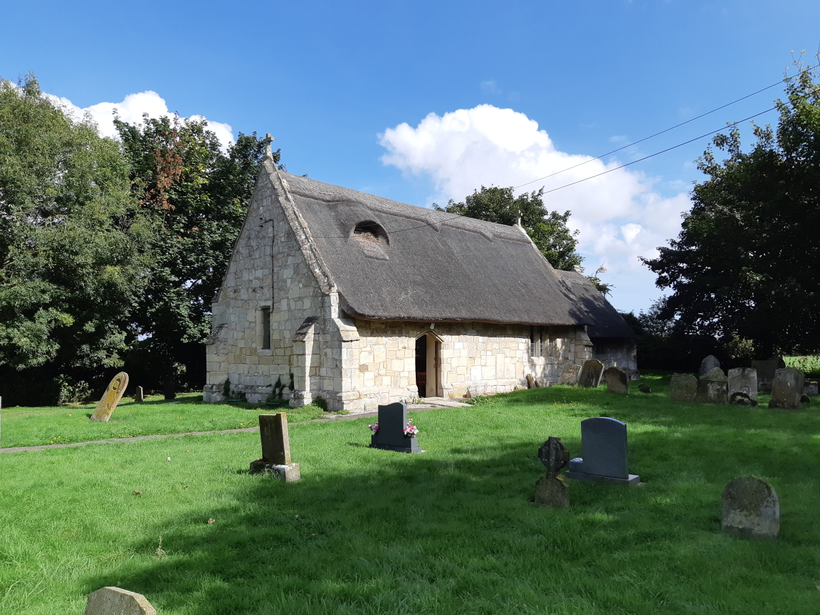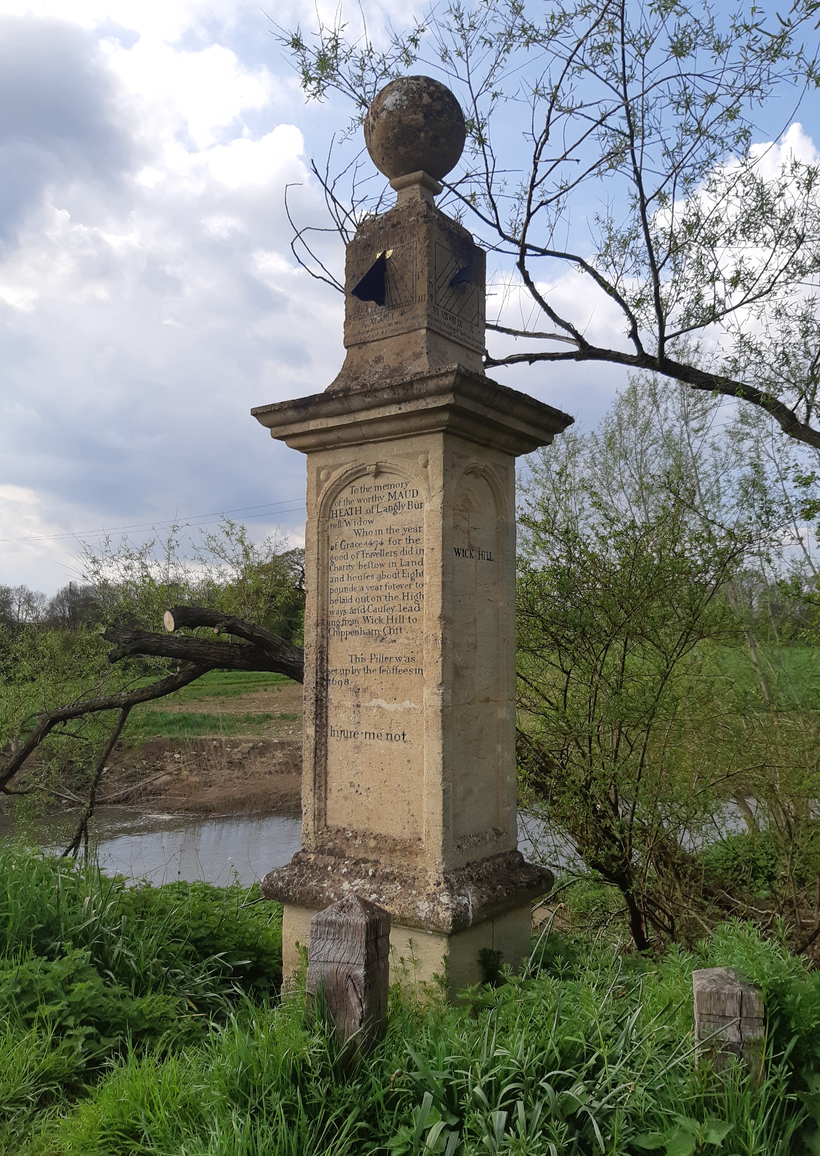Stanisława Tomczyk was a polish medium in the early 20thcentury and was the subject of some of the most striking photographs in psychical research. Tomczyk’s main draw as a medium was her claim that she could levitate objects with the power of her mind, stop clocks and ‘influence the turn of a roulette wheel.’[1]

Stanisława’s enduring fame was primarily as a result of her involvement as an investigative subject. Firstly, she was the subject of experiments by Polish psychologist, Julian Ochorowicz and later, was investigated by Britain’s Society for Psychical Research.
In these early experiments that spanned several years, Ochorowicz hypnotized Stanisława under the premise that such a trance would be therapeutic.
Under hypnosis, Tomczyk claimed to be under the control of an entity named ‘Little Stasia’ (Stasia being a childlike shortening of Stanisława’s given name), who claimed to be a living entity, rather than a spirit of a deceased person.
Nonetheless, Tomczyk’s paranormal skills were reported to include,
‘the production of lights, effects produced without contact on photographic plates in the dark or in red light, or on a galvanometer, sudden precipitation of chemical substances held in solution, and vision through an opaque screen. It would appear that the power alternates from one class of phenomena to another, each class occurring during a period when the others are not exhibited.’

Ochorowicz believed Stanisława’s powers of levitation and influence to be as a result of powerful rays that were emitted by the fingertips of the medium. He commented that,
‘I have felt this thread on my hand, on my face, on my hair. When the Medium separates her hands, the thread gets thinner and disappears; it gives the same sensation as a spider’s web. If it is cut with scissors, its continuity is immediately restored.’
Other investigators claimed to feel a very real thread between the medium and the object of her focus. However, many believers today consider this perceived thread to be a supernatural force, rather than a material trick, oft-repeated by magicians and conjurers alike.
Aged 20, she was arrested during a riot and was held in jail for ten days. The experience affected Tomczyk in such a way that she was said to have suffered from hysteria and mental disassociation thereafter. Such resultant mental illnesses could indeed have affected her claims or wider experiences as a medium later in life. It could be argued that instead of extensive psychical research, Stanisława was lacking in the emotional support and mental health resources she desperately needed.

In 1914, Stanisława was invited to the UK by the Society for Psychical Research, where her powers were tested and documented by several professionals over a series of 11 sittings between June 2ndand July 13th. Investigators included the Rev. Everard Feilding who wrote notes on her sittings for the society.
Stanisława’s mediumship was regarded by the SPR as falling into two classes, the first being a telekinetic or ‘poltergeist’-type activity.
According to Feilding’s report of 1915,
‘These occur spontaneously and generally unexpectedly in her normal state, and include raps, movements of tables and chairs without apparent contact, throwings or transportations of objects about the house in which she is living, frequently in her own proximity, but also often in places apparently beyond her normal reach, such as outside the room in which she is, or even in another room the door of which is shut.’
The second class of phenomena were deemed as those arising during the medium’s trance state or ‘quasi-somnambulistic condition.’
During these investigations, Stanisława was observed in ‘full light’ conditions, meaning that she had foregone the popular traditions of dark séance, where others believed that paranormal and mediumistic phenomena were more suited to darkness. Another unusual choice for the time was that she also wore a ‘blouse with short sleeves’, scandalously exposing her hands and forearms to the gathered crowds.

After placing her hands on the table, the sitting (which frequently lasted over two hours) gradually began. After a wait of between fifteen to forty-five minutes, the medium would eventually claim to feel the ‘current’, which, according to reports of the time, ‘shows itself by a prickling sensation in the tips of her fingers.’ After this point, the medium asked for a small object to be placed on the table between her hands (which were commonly celluloid balls in the SPR investigations) which could vary from a cigarette to a matchbox or even a spoon. She would then place her hands on either side of the object, and it would then move around the table, lift, turn or levitate with the woman’s hands – however, this was all dependant on the strength of the current.

Previously, Everard Feilding had visited the medium twice in Warsaw whereby the initial demonstrations of her mediumship had been rather underwhelming, with paranormal activity described as ‘imperceptible’ at best. During the second series of sittings, the phenomena was produced with favourable regularity, which encouraged her later investigation by the SPR in London. However, throughout the series of sittings, there was reportedly ‘only one complete lifting of any object, viz. of a celluloid ball, at the fourth sitting, and the last two or three sittings were entirely blank.’ The sitting at which a ball levitated was to be her finest demonstration during her time under the SPR’s investigation, where it levitated a full 9 inches, albeit with the medium’s hands a quarter of an inch away at either side. The society remained confident that they had removed any avenues for fraud yet were left unimpressed with the result of their academic investment. Feilding explained these poor results in that,
‘…the comparative lack of success in London can be accounted for by the supposition that she was entering upon another (the third or fourth in her history) negative period, and that the ” force ” was already waning when the experiments started and ultimately entirely disappeared.’
Despite her unsuccessful investigations with the SPR, Stanisława would lay down firmer roots with the society. In 1919, she married the very man who investigated her mediumship; society secretary Everard Feilding. Shortly after becoming Mrs Feilding, she hung up her mediumship boots and no longer participated in publicised seances.

*
Sources:
Archive via spr.ac.uk
http://iapsop.com/archive/materials/spr_proceedings/spr_journal_v17_1915-16.pdf






Leave a comment